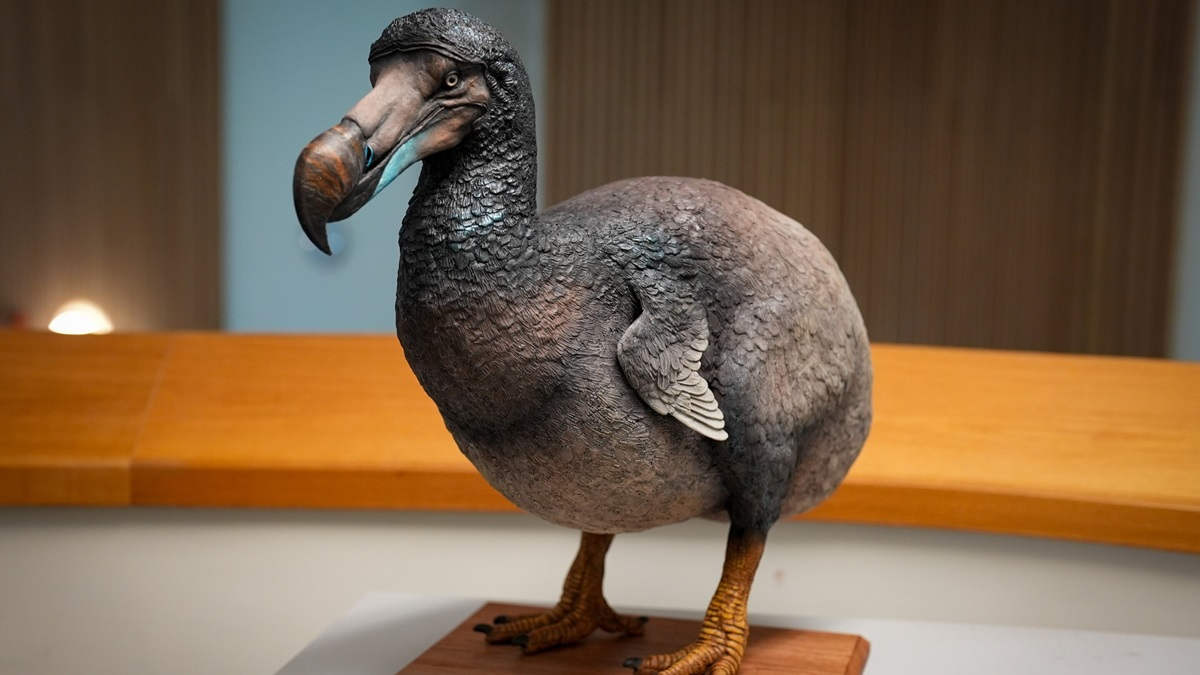Researchers who reviewed 400 years of scientific literature are challenging misconceptions about the extinct, flightless birds the dodo and solitaire.
Dodos (Raphus cucullatus) went extinct in 1662 within decades of Dutch settlement on the Indian Ocean island of Mauritius where the birds were endemic. The birds died out due to hunting and deforestation.
“The dodo was the first living thing that was recorded as being present and then disappeared,” says Neil Gostling from the UK’s University of Southampton. “Before this, it hadn’t been thought possible for human beings to influence God’s creation in such a way.”
Gostling is supervising author of the review which is published in the Zoological Journal of the Linnean Society. It is the most comprehensive review of the taxonomy of the dodo and its closest relative, the also-extinct solitaire (Pezophaps solitaria) from the neighbouring Rodriguez Island.
“This was a time before the scientific principles and systems we rely on to label and classify a species were in place. Both the Dodo and the Solitaire were gone before we had a chance to understand what we were looking at,” Gostling says.
Much of what was written about the dodo and solitaire was based on accounts of Dutch sailors, artist representations and incomplete remains.
This led to a series of misidentifications including the Nazarene dodo, white solitaire and white dodo. The white dodo was likely assumed to exist because of paintings of white dodos and the existence of yet another extinct bird from another nearby island, the Réunion ibis (Threskiornis solitarius).
“By the 18th and early 19th centuries, the dodo and solitaire were considered to be mythological beasts,” says lead author Mark Young, also from the University of Southampton. “It was the hard work of Victorian-era scientists who finally proved that the dodo and the solitaire were not mythological but were giant ground doves.”
Young notes that there was no agreement on how many species of the flightless birds there were. In the 19th and 20th centuries, researchers thought there were as many as 5 different species.
“More has been written about the dodo than any other bird, yet virtually nothing is known about it in life,” says co-author Julian Hume, an avian palaeontologist at London’s Natural History Museum.
In the latest review, the researchers went back over accounts dating all the way back to 1598 and visited specimens including the sole surviving dodo soft tissue at the Oxford Museum.
They suggest the idea of the dodo as a dumb, slow, fat animal is not correct.
“Evidence from bone specimens suggests that the dodo’s tendon which closed its toes was exceptionally powerful, analogous to climbing and running birds alive today. The dodo was almost certainly a very active, very fast animal,” Gostling says.
“These creatures were perfectly adapted to their environment, but the islands they lived on lacked mammalian predators. So, when humans arrived, bringing rats, cats, and pigs, the dodo and the solitaire never stood a chance.
“Dodos held an integral place in their ecosystems. If we understand them, we might be able to support ecosystem recovery in Mauritius, perhaps starting to undo the damage that began with the arrival of humans nearly half a millennium ago.”
The researchers say the study holds “valuable lessons” for conservation today.
“Using cutting-edge computer technology, we are piecing together how the dodo lived and moved,” says University of Southampton co-author Markus Heller. “This isn’t just about satisfying our curiosity. By understanding how birds evolved in the past, we are learning valuable lessons that could help protect bird species today.”
The work confirmed that both the dodo and solitaire are members of the columbid (pigeon and dove) family.
“Understanding its wider relationships with other pigeons is of taxonomic importance, but from the perspective of conservation, the loss of the dodo and the solitaire a few decades later means a unique branch of the pigeon family tree was lost,” says Gostling. “There are no other birds alive today like these 2 species of giant ground dove.”





















Discussion about this post